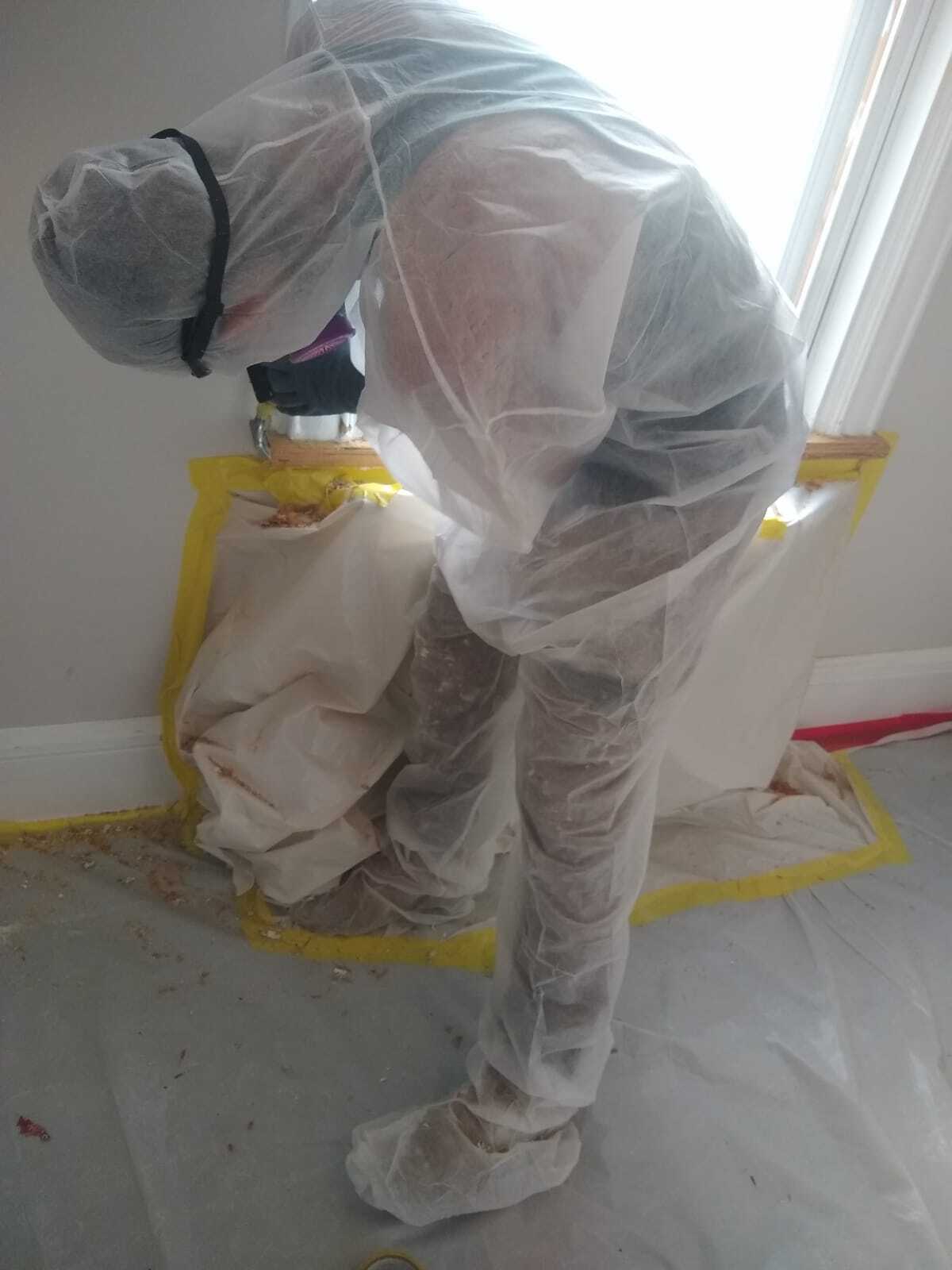Comprehensive Lead Paint Removal Service in NYC-- Certified and Qualified
Comprehensive Lead Paint Removal Service in NYC-- Certified and Qualified
Blog Article
Step-by-Step Process for Successful Lead Infraction Remediation
Following this, adherence to federal and state laws is critical to formulating a reliable remediation plan. The actual remediation requires competent employees to execute these strategies while strictly following security methods. What takes place after the remediation is finished?

Detection and Assessment
Discovery and evaluation are crucial steps in the removal of lead infractions. To make sure a reliable removal procedure, it is necessary to conduct a complete assessment of the setting where potential lead direct exposure exists.
This consists of evaluating the extent and extent of contamination, as well as determining populations at danger, especially kids and pregnant women. The gathered information must be diligently recorded to support the growth of an efficient removal technique.
In addition, it is essential to focus on areas with the highest possible levels of contamination and those that position the best health and wellness risks. Effective communication with stakeholders, including homeowner, citizens, and public health officials, is essential for making certain that all parties are educated regarding the searchings for and the succeeding actions needed for remediation. This initial discovery and evaluation stage lays the groundwork for a successful lead violation removal procedure.

Lawful and Governing Compliance
Browsing the landscape of lawful and governing conformity is a critical aspect of effective lead infraction removal. Conformity makes certain not just the safety and security of damaged populaces however additionally the integrity and lawful standing of the company accountable for removal. Laws regulating lead contamination are complex, encompassing government, state, and regional regulations. At the government level, the Epa (EPA) establishes strict criteria under the Hazardous Compounds Control Act (TSCA) and the Lead-Based Paint Improvement, Repair Service, and Paint Rule (RRP Guideline)
State and regional policies can vary, usually imposing added commitments or more stringent requirements. For that reason, a thorough understanding of all appropriate lawful frameworks is vital. This includes precise documents of all remediation activities to show compliance. Failure to comply with these regulations can result in extreme penalties, consisting of large fines, legal action, and reputational damages.
Involving lawful professionals specialized in ecological law can facilitate browsing these intricacies. Normal training and certification for all workers associated with the removal process are also required to make certain adherence to safety and security and regulatory criteria. By prioritizing legal and regulative conformity, organizations can properly minimize risks and accomplish an effective remediation end result.
Preparation the Removal
Properly intending the remediation of lead offenses begins with a detailed evaluation of the contaminated site. This initial assessment needs to consist of a thorough website examination to determine the degree and concentration of lead contamination. Comprehensive tasting and laboratory evaluation are paramount to create a precise contamination account. This data-driven strategy guarantees that remediation efforts are appropriately targeted and effective.
As soon as the contamination is mapped, a threat assessment should be carried out to examine possible health threats to humans and the environment. Lead Violation Removal in NYC. This assessment must take into consideration aspects such as Recommended Reading exposure pathways, population susceptability, and environmental effects. The insights gathered will certainly develop the basis for picking an appropriate remediation approach
Subsequently, establishing clear, possible purposes for the removal task is important. These purposes ought to align with governing requirements and stakeholder assumptions to make sure conformity and neighborhood acceptance. Creating a thorough remediation strategy that outlines methods, timelines, and source allocation will assist in a structured strategy to the cleaning process.
Furthermore, it is vital to engage with stakeholders early and keep clear communication throughout the preparation stage. This includes informing local areas, acquiring essential permits, and collaborating with regulative firms to make certain all lawful and procedural requirements check are fulfilled. A well-crafted removal strategy not just deals with the contamination efficiently but additionally develops trust and participation among all events included.
Performing the Removal
With a well-structured remediation plan in area, the focus changes to the actual implementation of the removal activities. This phase includes activating the necessary resources, including experienced personnel, specific equipment, and top notch products. Begin by plainly delineating roles and obligations to make sure responsibility and smooth coordination amongst employee.
This consists of establishing up containment locations to avoid lead dirt and particles from spreading, as well as utilizing air filtering systems to preserve air high quality. Make use of approaches such as wet scraping, chemical removing, or encapsulation, depending on the intensity and place of the contamination.
Throughout the removal procedure, conduct routine inspections and air top quality keeping track of to make sure conformity with regulatory standards. Effective communication with stakeholders, consisting of property owners and owners, is essential to keep them educated of progress and any unforeseen growths. By thoroughly complying with these actions, the remediation activities can be implemented successfully and effectively, eventually mitigating lead hazards.
Post-Remediation Approaches
Post-remediation strategies play a crucial duty in ensuring the lasting success of lead offense removal initiatives. These strategies include continuous surveillance, upkeep, and community education to avoid future lead exposure and guarantee a risk-free atmosphere.
First, regular surveillance is essential. This includes routine testing of the formerly affected locations to ensure that lead degrees stay within secure limitations. Homeowner should establish a schedule for these tests, ideally in cooperation with certified ecological specialists.

Third, enlightening the area plays a crucial function in maintaining the advantages of removal. Locals Look At This and property supervisors must be informed regarding the risks of lead direct exposure and the finest practices for maintaining a lead-safe atmosphere. Workshops, educational pamphlets, and community conferences can be effective tools for disseminating this details.
Verdict
Successful lead offense removal calls for a thorough, organized strategy including discovery and analysis of contamination, adherence to lawful and regulative requirements, precise preparation, and reliable implementation of removal initiatives. This systematic procedure highlights the significance of thoroughness and watchfulness in addressing and mitigating lead contamination.
Report this page